Attlee’s Declaration and Towards Partition:
It was in this background that on February 20, 1947, the British Prime Minister Attlee decided to send Lord Louis Mountbatten to replace Lord Wavell, as the Viceroy and Governor-General.
In February 1947, when the League refused to join the Constituent Assembly and cooperate in the cabinet functioning, when the congress was demanding resignation of the League ministers and threatening to withdraw its own nominees from the interim government, and the country was in the grip of communal riots, the British government decided to quit India by a fixed date.
On 20 February 1947 Prime Minister Attlee made an announcement in the House of Commons: “His Majesty’s Government desire to hand over their responsibility to authorities established by a constitution approved by all parties in India in accordance with the Cabinet Mission Plan ……….that it is their definite intention to take the necessary steps to effect the transference of power to responsible Indian hands by a date not later than June 1948 ……….But if it should appear that such a constitution will not have been worked out before that time, His Majesty’s Government will have to consider to whom the powers of the Central Government in British India should be handed over on the due date, whether as a whole to some form of Central Government for British India, or in some areas to the existing provincial governments, or in such other way as may seem most reasonable and in the best interest of the Indian people”. British power and obligations vis-a-vis princely states would also end with transfer of power but these would not be transferred to any successor government in British India. The Prime Minister’s statement also announced the replacement of Wavell by Mountbatten who was to be entrusted with the task of transferring responsibility to the Indian hands.
The statement was favourably received in the Congress circles. But the fear was that if they failed to draft a constitution agreeable to all the parties, the Government would be free to leave India to any party it liked. The Constituent Assembly met with the League benches lying unoccupied. It invited the Muslim League representatives to meet the Congress representatives in order to consider the new situation and devise means to meet it. However, the League made no response to the invitation of the Congress. It saw in Attlee’s statement an implied acceptance of Pakistan. Also as a result of League’s Direct Action, the gap between the positions taken by the League and the Congress appeared to be unbridgeable. One stood for the partition while the other for undivided India. Jinnah was fully convinced that he had only to bide his time in order to reach his goal.
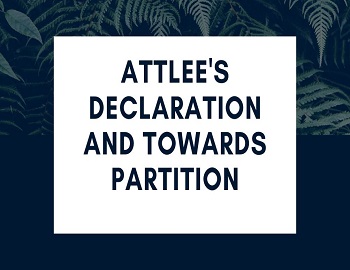
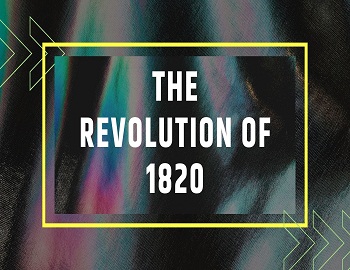
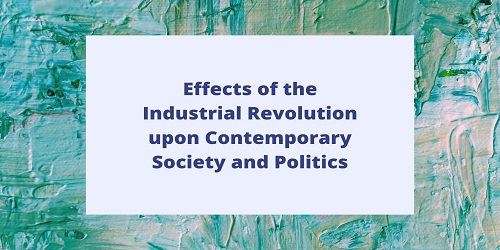
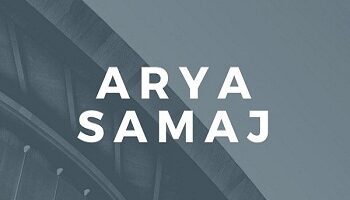
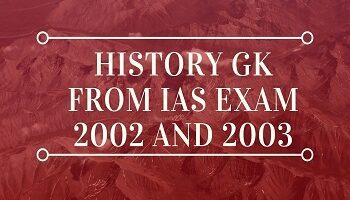




Comments (No)